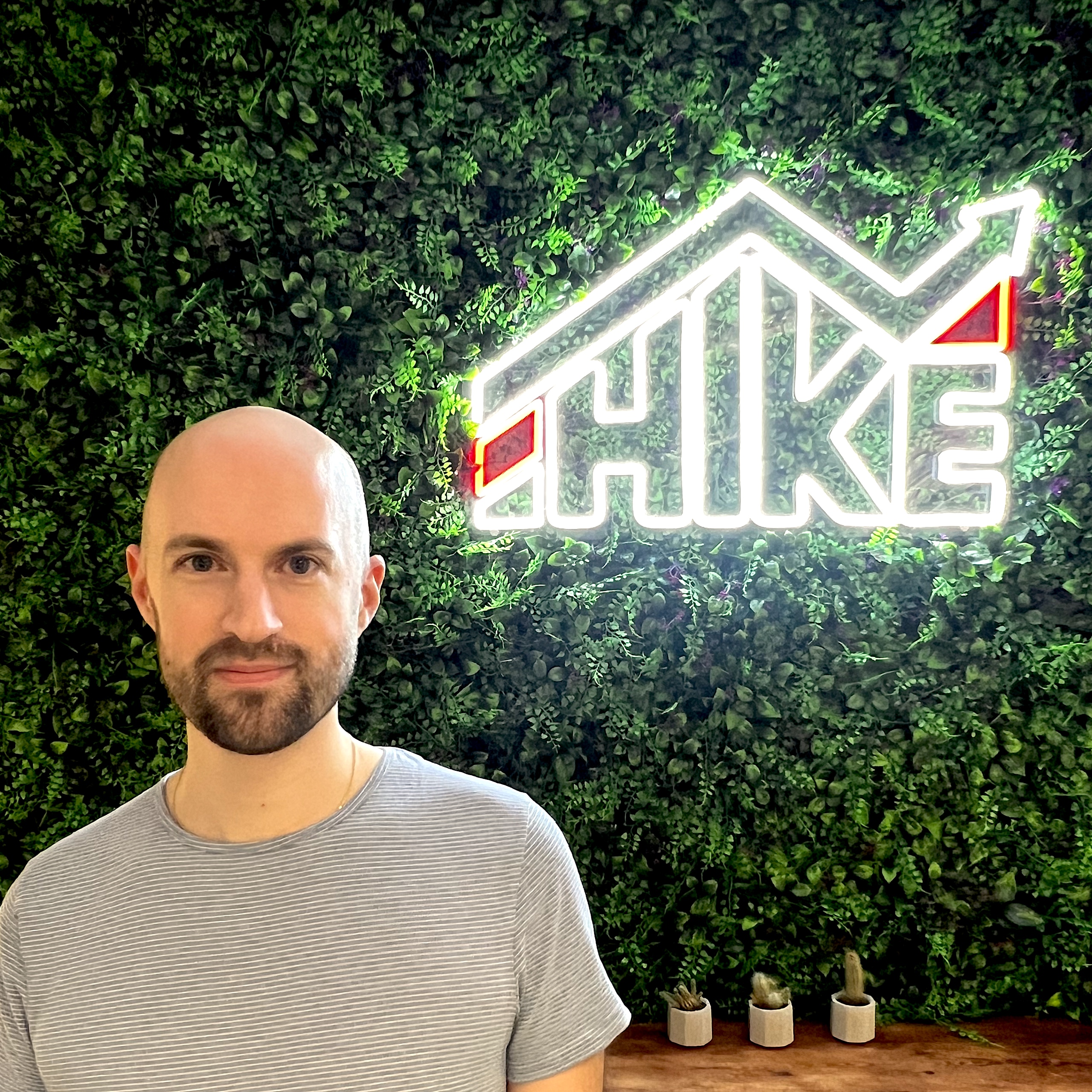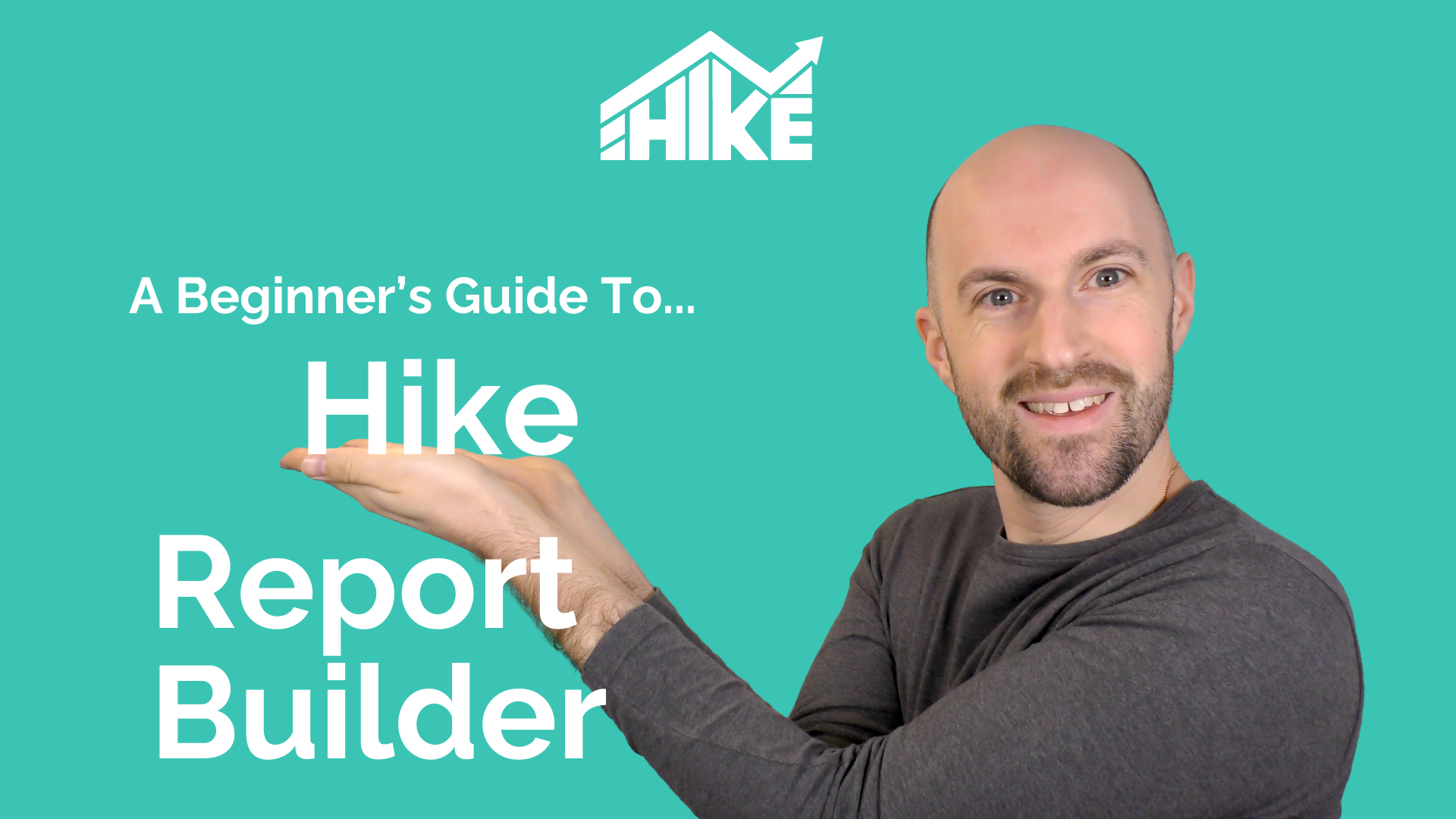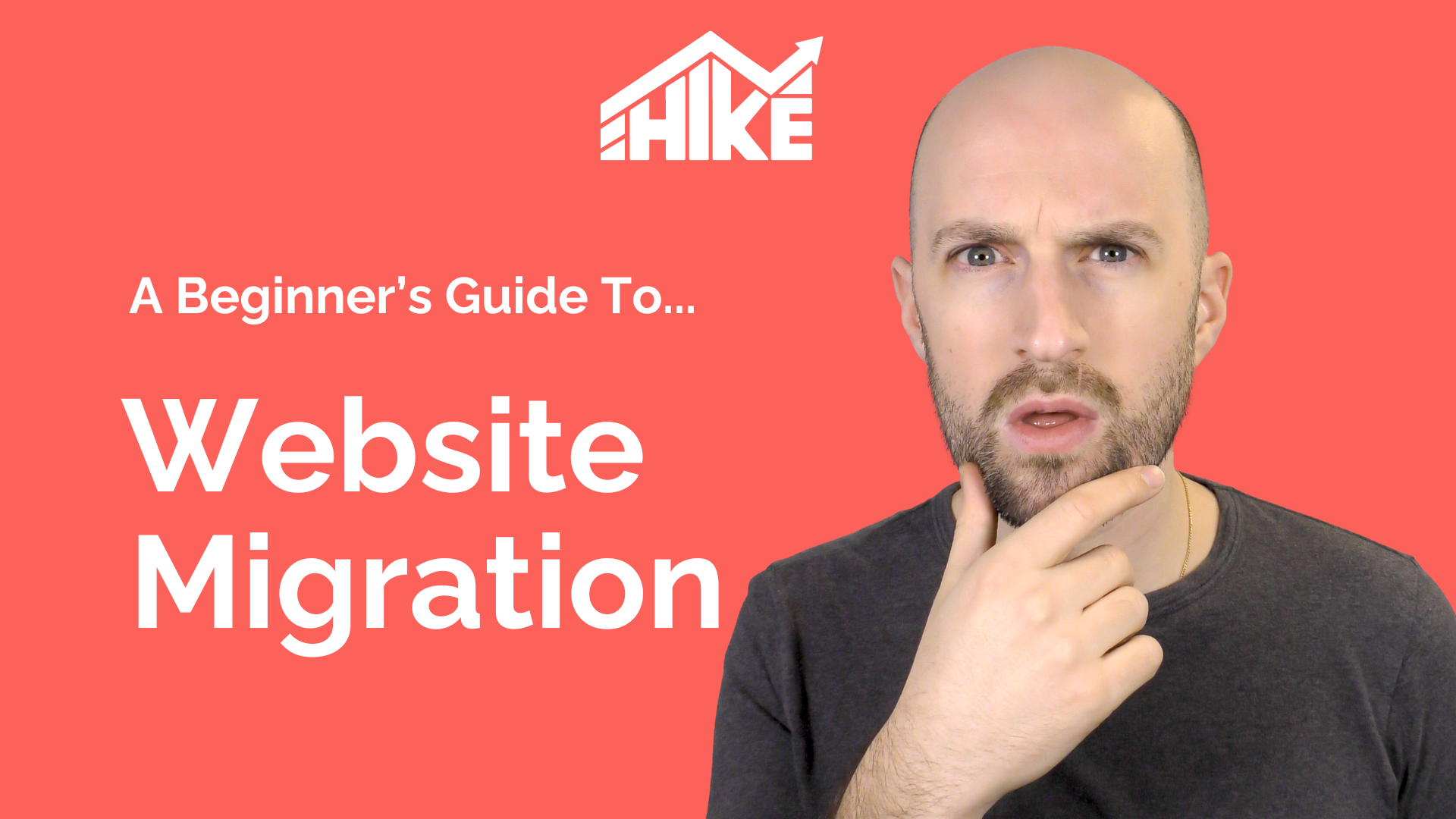In this video, we will delve into the realm of Image SEO and discover the art of optimizing your images to boost your website’s SEO performance. You can watch the video or read the text summary below:
Understanding Image SEO
In the first part of our journey, we’ll unveil the essence of Image SEO. What is Image SEO, and why is it a pivotal element of your overall SEO strategy?
The Significance of Image SEO
Let’s unravel the true significance of Image SEO. There are several compelling reasons to invest in optimizing your images:
- Enhanced Engagement and Reduced Bounce Rates: Images captivate users, offering more than mere text. They keep visitors on your pages longer, thereby reducing bounce rates, a signal that search engines love.
- Increased Organic Traffic Potential: Optimized images can lead to higher visibility in image search results, ultimately driving more traffic to your website.
- Improved Content Relevance: Properly optimized images provide context to your content, increasing your chances of ranking higher on search engine results pages (SERPs).
- Better Mobile Optimization: Responsive, well-optimized images improve the user experience on mobile devices, positively impacting rankings and organic traffic.
- Enhanced Accessibility and Inclusivity: Image optimization ensures that people with visual disabilities can still understand and engage with your content.
- Featured Snippets: Structured data and optimized images can help your content appear in featured snippets, increasing your click-through rates and organic traffic.
Image SEO Best Practices
Now that we appreciate the importance of Image SEO, let’s dive into the practical aspects. Here are the best practices to supercharge your image optimization efforts:
- Choose Original Images: Stand out in the crowded online landscape by using unique, original images.
- Select the Right Image Format: Pick the ideal image format (JPEG, PNG, WebP, SVG, etc.) based on your content’s needs.
- Give Descriptive File Names: Craft clear, concise, and relevant file names that describe your image’s content.
- Resize Images Appropriately: Resize images to the right dimensions to improve page loading speed and user experience.
- Adjust Image Dimensions for Different Devices: Create different image sizes for various devices, ensuring they look great on every screen.
- Compress Images for Faster Loading: Compress your images to reduce file size and enhance page loading speed.
- Remove EXIF Data: Eliminate unnecessary metadata from your images to save space and enhance privacy.
- Add Image Titles: Use image titles to provide context and enhance user engagement.
- Include Alt Text: Write descriptive alt text to ensure accessibility for visually impaired users and improve SEO.
- Use Captions: Consider adding captions to provide additional context for your images.
- Add Image Dimensions: Specify image dimensions in your HTML to prevent layout shifting and improve user experience.
- Implement Lazy Loading: Enable lazy loading to speed up page loading by delaying the loading of off-screen images.
- Utilize a Content Delivery Network (CDN): Use a CDN to distribute images efficiently and improve loading speed, especially for global audiences.
- Create an Image XML Sitemap: Help search engines discover and index your images by generating an image-specific XML sitemap.
- Incorporate Structured Data: Use schema markup to enhance the chances of your images appearing in rich snippets and featured snippets.
- Configure Open Graph and Twitter Cards: Optimize your content’s appearance when shared on social media platforms, increasing click-through rates and traffic.
Conclusion
Our journey through the world of Image SEO best practices is complete. If you have any questions or need further guidance on Image SEO, don’t hesitate to ask. And remember to explore Hike SEO, an all-in-one SEO tool designed for beginners, small businesses, and agencies serving small businesses, to help you achieve higher rankings and attract more organic traffic. Until the next adventure, happy optimizing!



